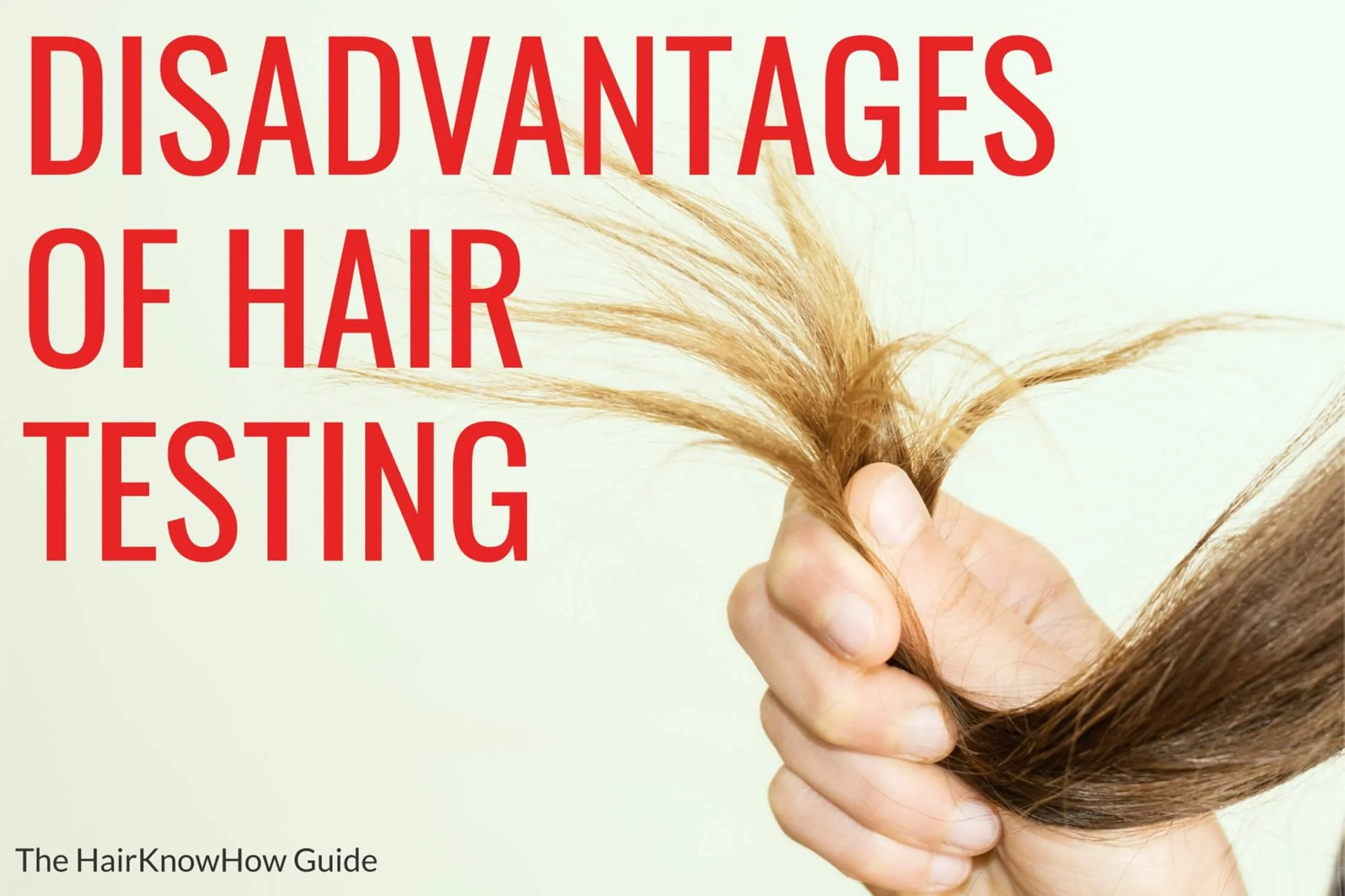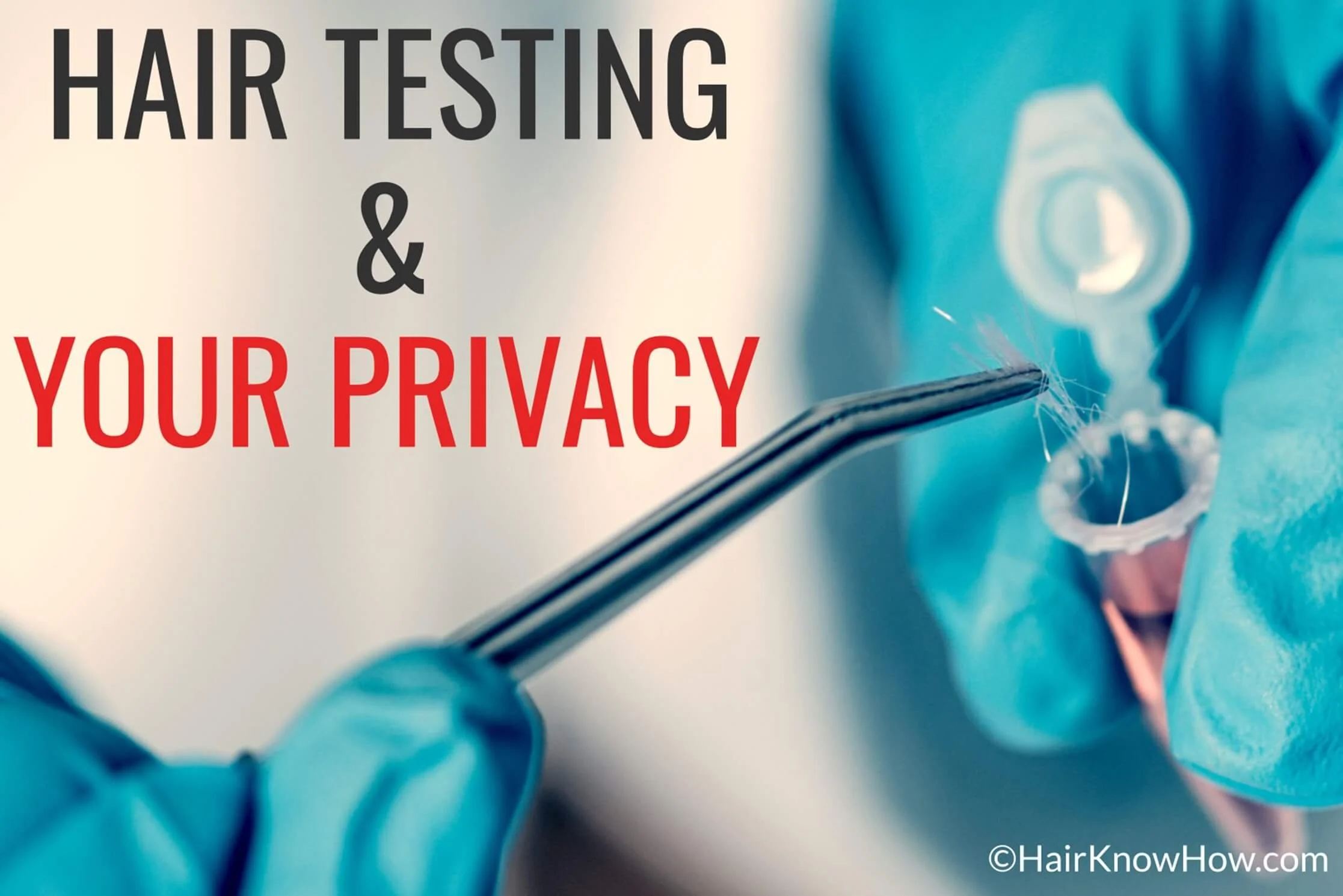Understanding The Limitations
Hair testing is a common technique for finding drugs and other chemicals in someone's body. It's crucial to realise that many different hair tests for drugs exist and each has its limitations- no perfect test exists. However, there are many advantages to hair testing. The drawbacks of hair testing and how it compares to other testing techniques will be covered in this article.
Limited Detection Window
The small detection window of hair testing is one of its key drawbacks. Unlike urine and blood tests, which often detect drug usage for the previous few days, hair testing can only reveal drug use for the last 90 days. Hair tests may not pick up on recent drug usage, making them less effective.
False Positive Results
The potential for false positive findings with hair testing is another drawback. The precision of a hair test might be affected by hair care treatments, scalp issues, testing procedures, and styling product use. False positive results could emerge from this, harming the tested individual or those around them.
External Factors Can Affect Accuracy
External factors, including hair treatments and scalp issues, might impact the accuracy of a hair test. False positive results could emerge from this, which would be extremely harmful to the test subject. It's crucial to remember that because chemical products can change the structure of the hair, people who have used dyes, relaxers, or permanents on their hair may incorrectly test positive for some drugs.
Is Hair Testing Expensive?
Hair tests can be more costly than urine or blood tests. Employers and organisations seeking affordable testing options may find this a drawback.
The cost of hair testing can range from £30 to £400 depending on the type of test, number of tests purchased and the number of drugs being tested for. Other factors that affect the cost of a hair test include: speed of testing and results, the lab service being used.
Limited To Certain Drugs
Hair tests for drugs can only detect a limited number of substances and are not always reliable. Employers and organisations that are worried about their employees using multiple drug substances may feel the need to use a range of tests instead of relying on hair testing alone.
Hair testing is ineffective at detecting some substances, such as LSD, PCP, and Ecstasy. These medicines are not metabolised, so their presence in hair can be determined. Hair testing is, therefore, not a comprehensive method for detecting all possible drugs.
Hair testing can only detect drugs that have been consumed; it cannot detect drugs that have been injected or breathed. This is a crucial point to keep in mind. This means that certain types of drug use may not be picked up by hair testing.
Potential For Discrimination
Hair testing can be discriminatory, especially when used on specific populations like African Americans, whose hair is more likely to have undergone chemical treatment, which might result in false positive results. This is has the potential to be a large challenge and almost certainly affect other cultures and demographics aswell.
Invasion Of Privacy
Given that hair testing entails obtaining a sample of a person's hair, hair testing has the potential to be viewed as an invasion of privacy. Some people could find this intrusive, a drawback for companies and organisations searching for non-invasive testing options.
Tests Can Be Tampered With
It is possible for the person being tested or the person taking the sample to tamper with the hair. False-negative results could result from this, which would be extremely detrimental to the test subject and those around them.
Difficulty In Interpreting Results
Before making any decisions based on the results of a hair test, it's vital to get the advice of a doctor or lawyer because the interpretation of the data might be complicated.
Lack Of Standardisation
Hair testing is not standardised, which might result in inaccurate and inconsistent results, especially if comparing results from different hair testing labs or different types of hair tests.
Hair Testing Sample Size
Collecting a large amount of hair for testing, typically 120 strands, can be difficult for people with short hair or those who have recently shaved their heads.
The results of hair testing may only sometimes be considered admissible in court as legal proof. Getting legal advice is crucial to grasp the legal ramifications of hair testing fully.
Conclusion To The Disadvantages Of Hair Testing
It's important to realise that hair testing has its limitations. Hair testing has several drawbacks, including a small detection window, false positive results, outside variables that can alter accuracy, a high cost, and challenges interpreting the results. Additionally, there is a risk of prejudice, a breach of privacy, tampering, and a lack of uniformity with hair testing.
To sum up, hair testing is a popular technique for identifying drugs and other compounds. Before employing hair testing to detect drugs and other substances, it is crucial to consider its benefits and disadvantages. Before making any decisions based on the findings of a single hair test result, it's vital to consider the particular requirements of a company or an individual and to speak with authorities like medical or legal experts.
Get Expert Hair Analysis and Help
If you are interested in learning about hair testing or have a hair concern you would like to discuss, then please do get in touch. Contact the HairKnowHow Team if you have any questions.








